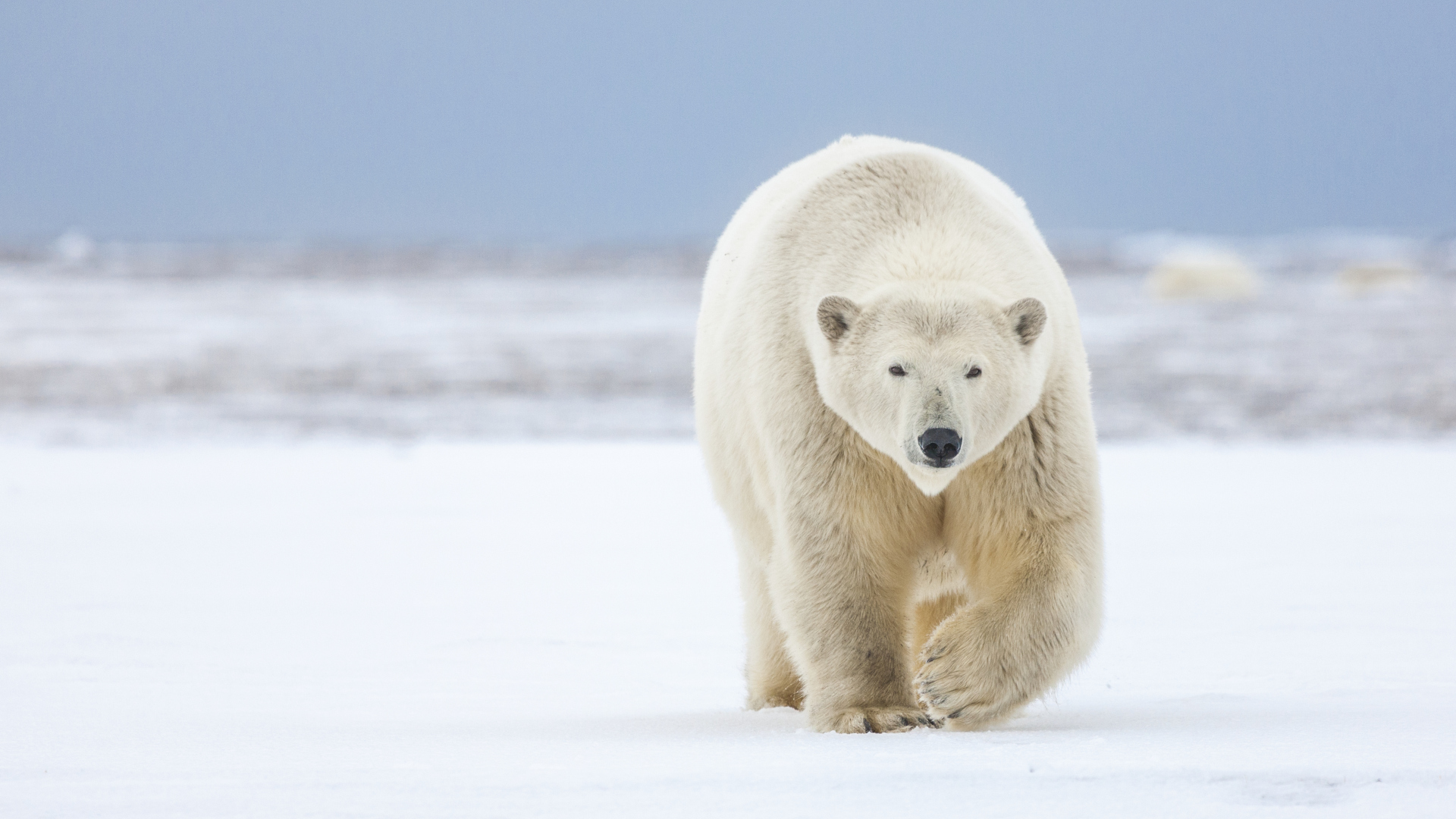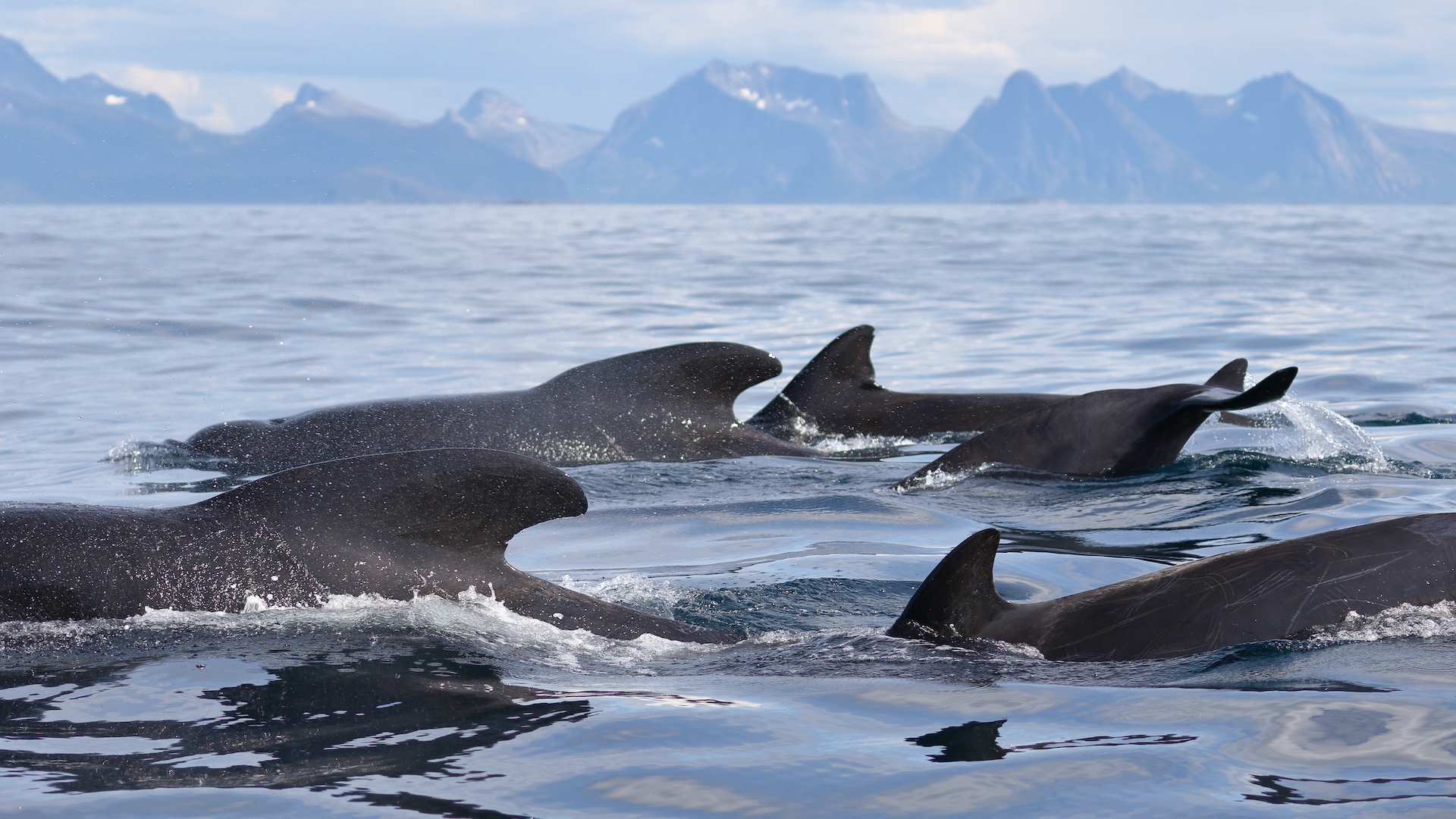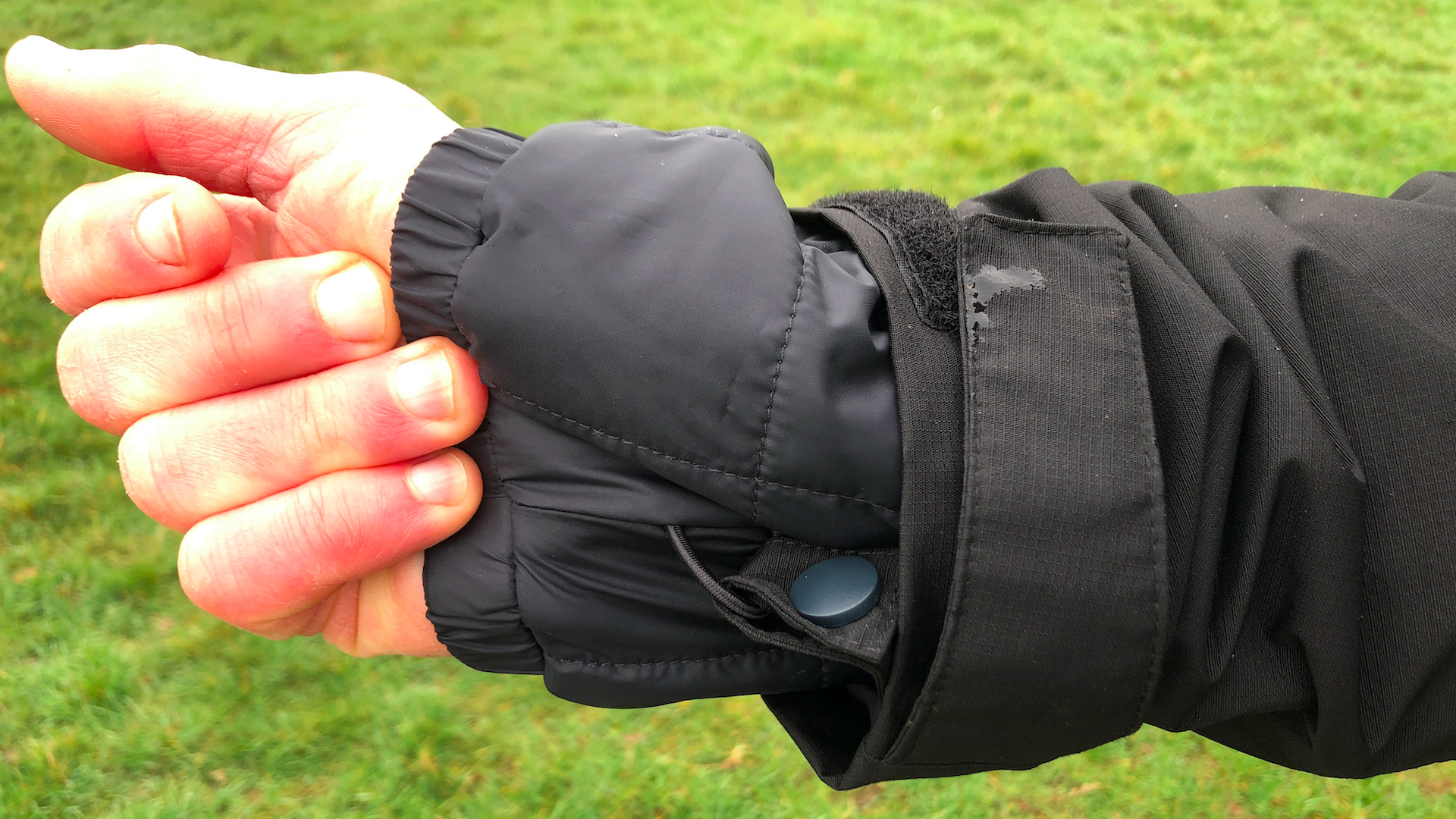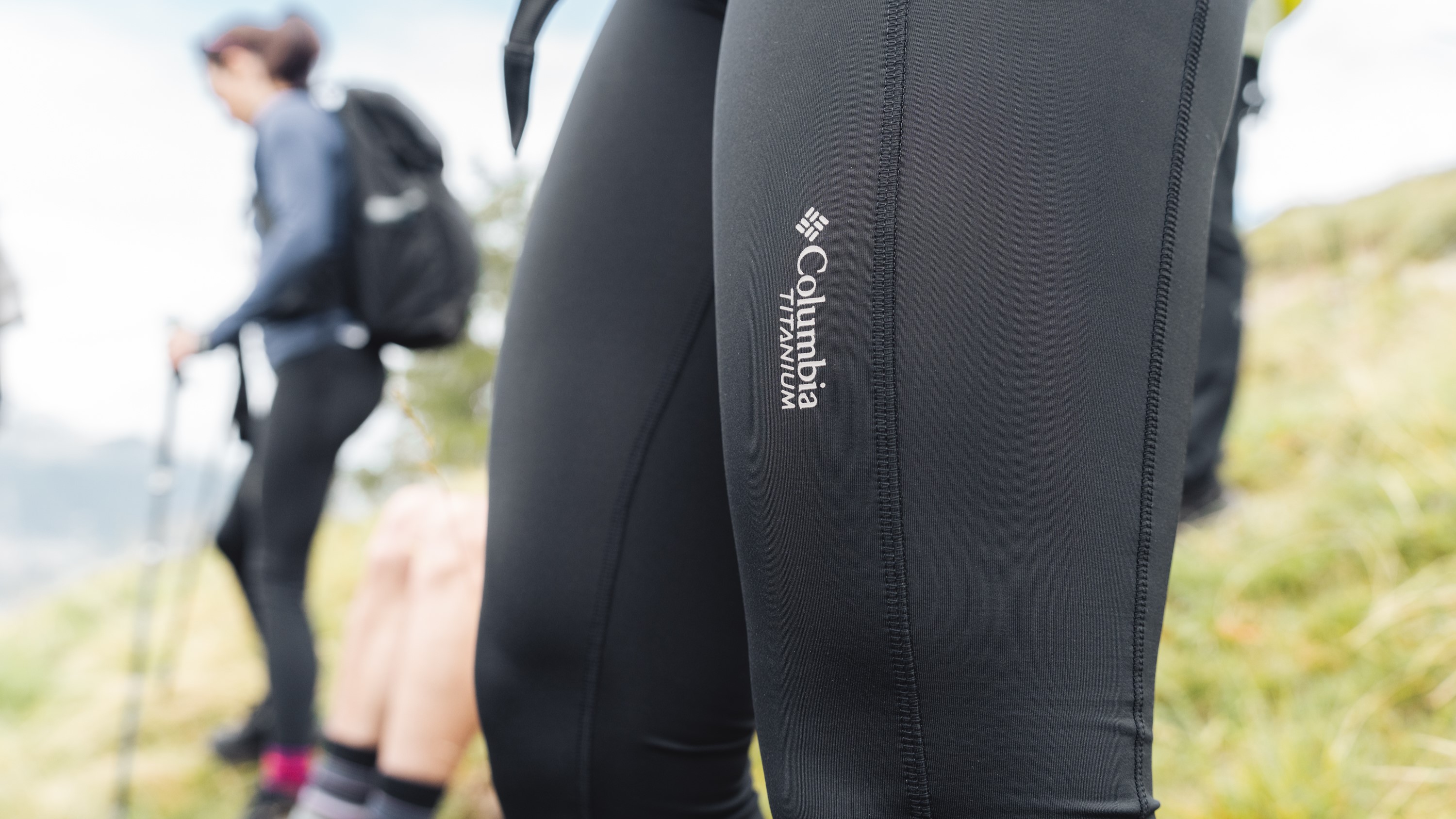Inspired by nature – 6 times biomimicry has transformed outdoor gear
We look to nature to help us better cope with whatever it hurls at us

Recently, I traveled to the Swiss Alps with the outdoor brand Columbia to test out their newest technology. Omni-Heat Arctic is an insulating technology that is inspired by how a polar bear’s fur works to keep it warm in frigid arctic conditions. Though polar bears appear white, they actually have heat-absorbing black skin and two layers of translucent fur that prevent almost all heat loss.
Using a process called biomimicry – the design of structures and systems that are modeled on living organisms – Columbia developed the new technology and incorporated it into two garments – the Arctic Crest Down Jacket and Arctic Crest Sherpa Technical Fleece – that absorbs the sun’s rays while conventional insulation helps trap it there, in addition to your own body-generated heat.
Though Columbia’s technology is new, biomimicry isn’t. As explained in Biomimetics and the design of outdoor clothing, the term was coined by Otto Schmitt in the 1930s to describe an electronic feedback circuit he designed that was inspired by neural networks, but long before that, humans were taking cues from nature. Over the decades, birds have inspired aviation, the fins of humpback whales have improved the efficiency of wind turbines and gecko’s feet have prompted the development of non-toxic adhesives.

Biomimicry has also played a big role in the development of outdoor gear, which makes a lot of sense. Why wouldn't we look to nature to help us better cope with whatever it hurls at us on the mountain?
From creating synthetic fibers that mimic duck down in our down jackets to hiking shoes that help us grip to steep trails like the hooves of a mountain goat, we’ve borrowed a lot from the natural world. Here are just six ways that biomimicry has transformed outdoor gear:
1. Fleece
Biomimicry is a fancy-sounding word, but it shows up in an everyday item you almost certainly have in your closet – the humble fleece jacket.
We probably all know about the magical powers of sheep’s wool as one of nature’s great breathable insulators. It wicks moisture away from your skin when you break a sweat clambering up a steep slope and repels odors from said sweat, but it’s also limited in supply and labor-intensive to harvest.
Advnture Newsletter
All the latest inspiration, tips and guides to help you plan your next Advnture!
So back in 1979, a Massachusetts-based company named Polartec decided to replicate its properties in a synthetic version and came up with what we know today as fleece, according to a 2011 article published in the New York Times.
This synthetic pile fabric, named for a sheep's natural coat, was intended to mimic wool’s insulating properties but be tougher and more lightweight, making it ideal for rugged adventures. Though early fleece jackets did actually look quite a bit like wool, they’ve become more stylish and performance-oriented and you can head out into the cold without the bulk in jackets like the Berghaus Carnot Hooded Jacket and stay cozy in harsh weather without breaking the bank.

2. Velcro
Have you ever gone hiking with your dog and spent half an hour when you got home pulling sticky burrs out of its fur? These pesky seeds will stick to your canine companion and your hiking pants so they can hitchhike to new soils, but while most of us just find them a bit annoying, Swiss engineer and inventor George de Mestral used them to come up with one of biomimicry’s most ubiquitous technologies.
On a walk with his dog, de Mestral recognized the potential of the hundreds of tiny hooks on the burrs that caused them to “fasten” to passing animals. He spent years developing a method of mimicking this process and in 1955, he patented the hook and loop technology, made using tiny polyamide hooks and loops, that you almost certainly know as the brand name Velcro.
That’s right, every time you cinch the sleeves on your waterproof jacket to keep out the driving rain or tighten your ski gloves against the snow, you’re using technology inspired by a common, and rather annoying, plant.

3. Nylon
When you pull on a pair of running tights like the Arc'teryx Essent High Rise Leggings, you almost certainly want them to feel silky against your skin, and that’s exactly what American chemist Wallace Hume Carothers intended when he developed nylon on behalf of DuPont in the 1930s.
Silk has been a desirable textile across the globe for thousands of years, originating in China sometime before the middle of the 3rd millennium BCE. It’s long been a symbol of wealth and beauty, but it’s expensive, labor-intensive to produce and most importantly a cruel practice that entails boiling silkworm cocoons.
Enter nylon, which was designed to have a similar shimmery look and feel to silk but be tougher and was first used to make stockings at a lower cost during wartime. Fast forward nearly 100 years and nylon is everywhere in your outdoor gear – though you’ll often see it on the label as polyamide – from running tops to your best camping tent, where a ripstop version that’s less silky and more durable is used to hold off the elements.

4. DWR treatments
Spending time outdoors requires building your defenses against the weather. When you get soaked through on a hike, your clothes become heavy and burdensome and you get cold quickly, which can become dangerous. Fortunately, we’ve got brilliant, lightweight waterproof jackets and rain pants these days to keep us dry (and therefore warm) on the trail, made with technologies such as a DWR treatment, which is the stuff that makes the water bead on the surface of your clothes instead of soaking it.
Traditionally, these treatments have been composed of harmful chemicals, known as PFCs, but the inspiration for them came an organic organism – the lotus flower. The leaves of lotus flowers are naturally hydrophobic, with tiny bumps coated in wax that repel water and dirt, and a German scientist named Wilhelm Barthlott started to study how to replicate this in technology in the 1970s. His work led to a number of innovations including dirt-repellent paint, while DWR for waterproof clothing can also be traced to these observations.
Fortunately, most of us who love the outdoors want to enjoy nature without damaging it, and there’s been a big push recently to replace harmful DWRs with non-toxic versions such as plasma-based treatments, so you can shake off the wet and dirt like a lotus flower. If you're in the market for a new jacket and want a non-toxic DWR, Fjällräven launched several new PFC-free waterproofs last year.

5. Snowshoes
Snowshoes are one of the earliest pieces of outdoor gear, and while modern day adventurers love floating across deep powder in a pair of the best snowshoes on a winter’s day just for fun, 6,000 years ago in Central Asia they basically amounted to public transport devices.
As the Guardian explains in an article on the history of snowshoes, these traction devices may be the original example of biomimicry, inspired by animals with larger feet or paws that spread their weight out and allow them to walk across the snow without sinking in – think snowshoe hares, bears and ptarmigans.
Archeological evidence shows that original snowshoes were made using animal materials, such as bearskin and deerhide, but these days styles like the Tubbs Flex ALP are fully vegan-friendly, made with lightweight carbon steel and Torsion Deck plastic so you pad through the snow without harming any bears in the process.

6. Wetsuits
Sharks get a bad rap, but if it weren’t for these marine predators, there would be a lot of cold wild swimmers and surfers out there in the water. Though it glides smoothly through the sea, the skin of a shark is actually rough and that’s because it’s covered in tiny scales called denticles which the Smithsonian explains lets them move through the water more quickly and quietly.
Perhaps it’s no surprise then, that wetsuits designed for water sports like this Osprey Triathlon suit have tried to copy this effect, replicating the texture of actual shark skin to reduce water resistance and increase hydrodynamics.
There’s no clinical research to prove that this technology works for humans the way it does for sharks, but after the iconic swimsuit brand Speedo implemented this idea into their FastSkin swimwear line, 108 world records were set in a single year. Consequently, it was banned by the International Swimming Federation because swimmers were deemed to have an unfair advantage, but that’s a good indication it might just work for you next time you’re taking the plunge.
Julia Clarke is a staff writer for Advnture.com and the author of the book Restorative Yoga for Beginners. She loves to explore mountains on foot, bike, skis and belay and then recover on the the yoga mat. Julia graduated with a degree in journalism in 2004 and spent eight years working as a radio presenter in Kansas City, Vermont, Boston and New York City before discovering the joys of the Rocky Mountains. She then detoured west to Colorado and enjoyed 11 years teaching yoga in Vail before returning to her hometown of Glasgow, Scotland in 2020 to focus on family and writing.

